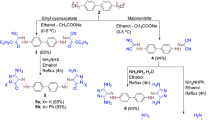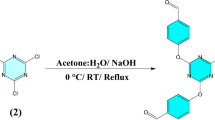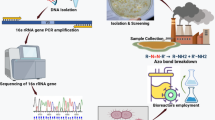Abstract
ASSAY of succinic acid by estimation of reduction of a redox dye in a succinic dehydrogenase and cyanide–poisoned system has been reported by Lardy1 for methylene blue, and by Vishniac and Ochoa2 for 2,6-dichloroindophenol. The disadvantage to the use of these dyes is that they are non-enzymatically reoxidized directly by oxygen and there is uncertainty concerning the end-point of the reduction of the dye and thus about the amount of succinate oxidized.
This is a preview of subscription content, access via your institution
Access options
Subscribe to this journal
Receive 51 print issues and online access
$199.00 per year
only $3.90 per issue
Buy this article
- Purchase on SpringerLink
- Instant access to full article PDF
Prices may be subject to local taxes which are calculated during checkout
Similar content being viewed by others
References
Lardy, H. A., edit., “Respiratory Enzymes” (Burgess, Minneapolis, 1949).
Vishniac, W., and Ochoa, S., J. Biol. Chem., 195, 75 (1952).
Umbreit, W. W., Burris, R. H., and Stauffer, J. F., “Manometric Techniques”, 3rd edit. (Burgess, Minneapolis, 1957).
Author information
Authors and Affiliations
Rights and permissions
About this article
Cite this article
WAITZMAN, M., ADAMS, E. A Sensitive Micro-Spectrophotometric Method for Succinate Analysis. Nature 182, 129 (1958). https://doi.org/10.1038/182129a0
Issue date:
DOI: https://doi.org/10.1038/182129a0



